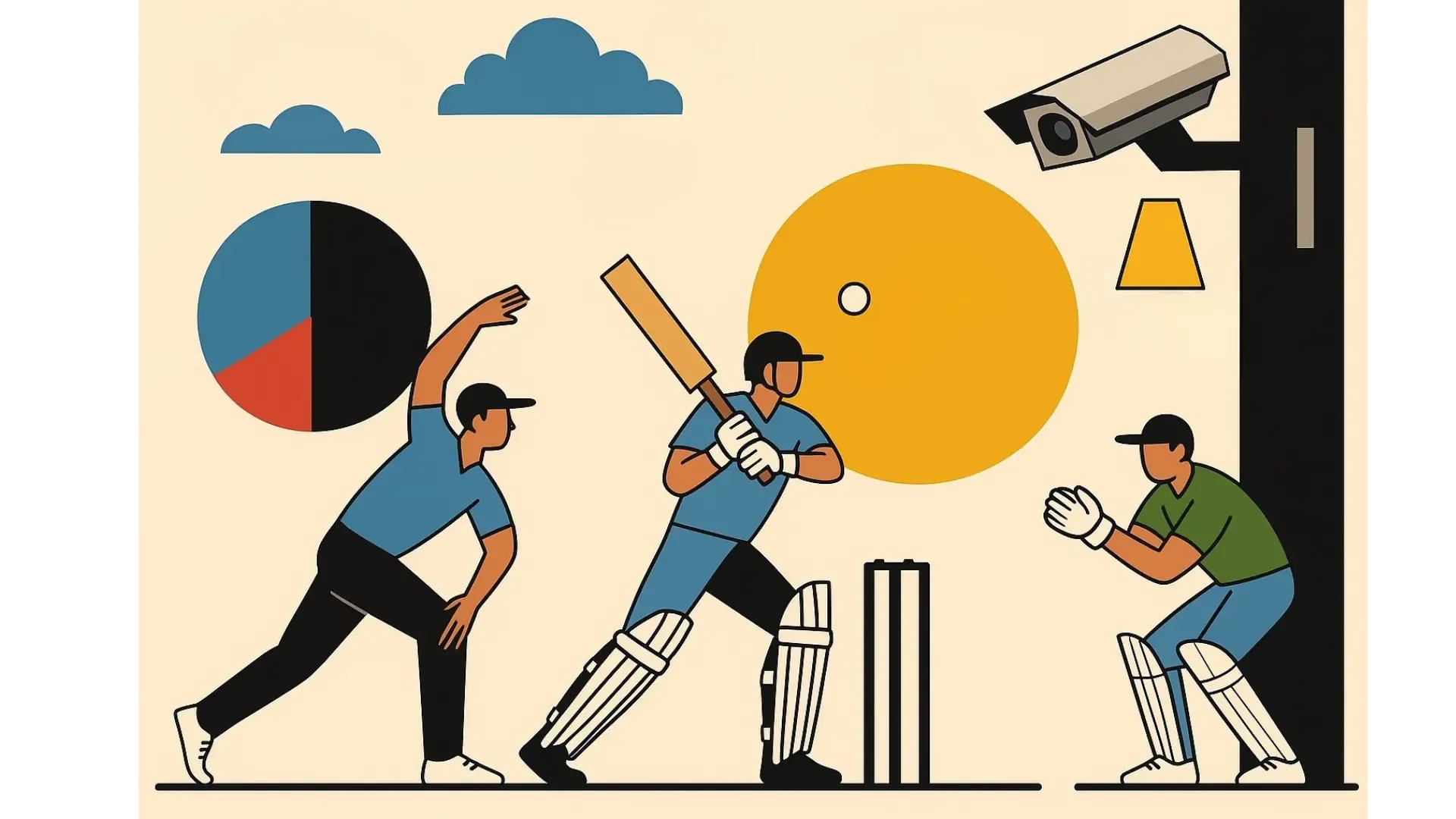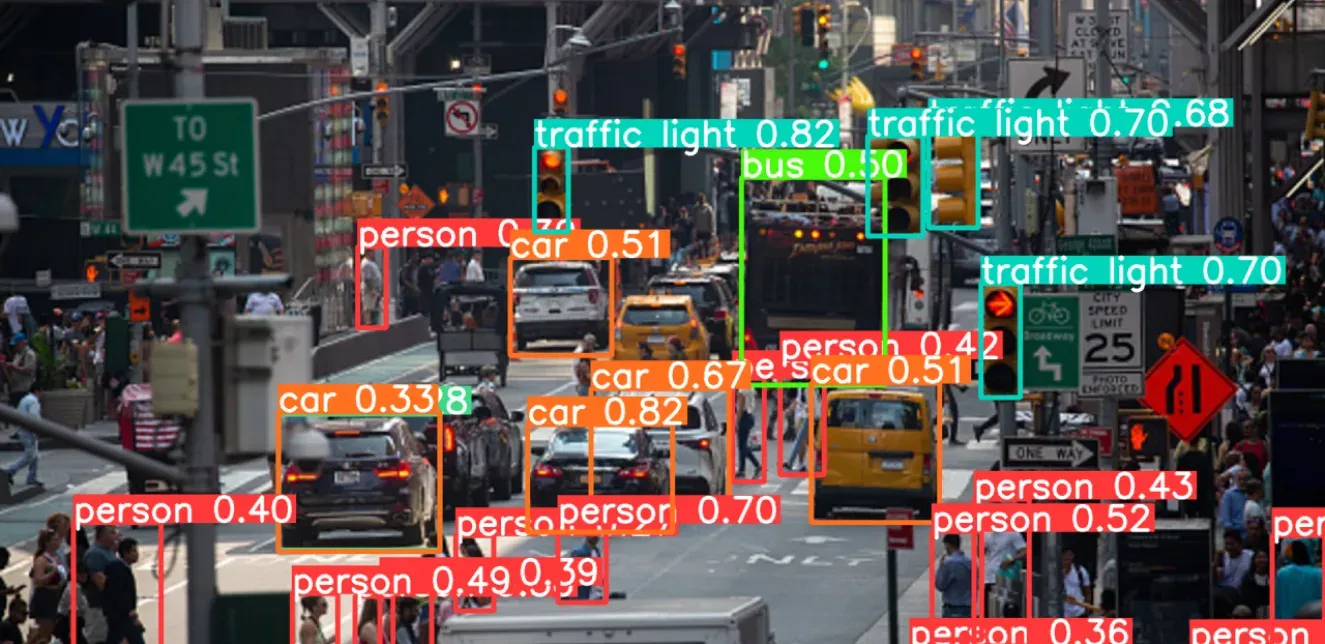Randomwalk Blogs
All Of Our Thoughts, InOne Place
Randomwalk Blogs
All Of Our Thoughts, In
The Model Context Protocol (MCP) is an open, vendor-neutral standard for connecting AI models to external data and tools. In effect, MCP acts like a web API built for LLMs. Developers can define Resources (data endpoints) and Tools (callable functions) that the AI can access during a conversation. For example, an MCP server might expose a database as a resource or a function to query that database as a tool.


In the ever - evolving landscape of AI development, Langflow emerges as a game changer. It is an open source, Python powered framework designed to simplify the creation of multi agent and retrieval augmented generation (RAG) applications.






In the UAE, your business is already state-of-the-art. You've invested in top-tier VMS platforms like Genetec and Milestone. You're leveraging the power of AWS and Azure AI. You have the best security "engine" money can buy.




Managing thousands of distributed computing devices, each handling critical real-time data, presents a significant challenge: ensuring seamless operation, robust security, and consistent performance across the entire network. As these systems grow in scale and complexity, traditional monitoring methods often fall short, leaving organizations vulnerable to inefficiencies, security breaches, and performance bottlenecks. Edge system monitoring emerges as a transformative solution, offering real-time visibility, proactive issue detection, and enhanced security to help businesses maintain control over their distributed infrastructure.






AI. It’s not just a buzzword anymore; it's a business imperative. Every company is scrambling to harness its potential, promising transformative changes, from customer interactions to supply chain efficiencies. And while the hype is real, so is the reality: most AI projects are failing to deliver. Yes, you heard that right. We're not talking small stumbles here; we're talking about a silent epidemic of stalled projects, wasted investments, and frustrated teams. Are you ready to face the truth?


The future of work isn't just knocking—it's remodeling everything. As AI transforms industries worldwide, the real edge won’t come from having the most advanced technology, but from preparing the workforce to thrive alongside it. The pivotal question now is not if AI will redefine your industry, but how prepared you are to seize the opportunities it brings. Will your team be equipped to lead or left scrambling to catch up? Recent data from McKinsey Global Institute paints an intriguing picture: AI could contribute to the creation of 20-50 million new jobs globally by 2030. But here's the catch - these aren't just new jobs; they're entirely new ways of working. The organizations leading this transformation aren't just implementing AI; they're reimagining how their entire workforce operates alongside it.




In the digital era, the way people are seen in photos and videos has a huge impact—from memorable movie moments to everyday tools like facial recognition or security checks.


Artificial intelligence has transformed the game of chess. This blog explores the current landscape of chess AI, providing insights into building a basic chess AI from scratch and demonstrating how to leverage existing powerful AI engines through free APIs and libraries.






Join leading organizations that trust Randomwalk.ai to power their AI-driven transformation.